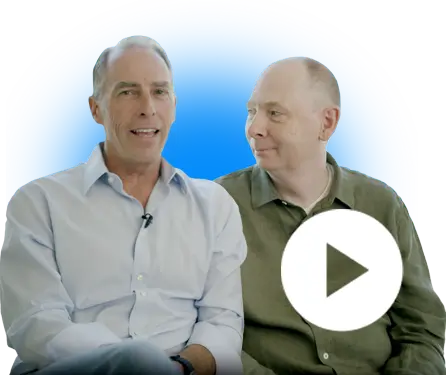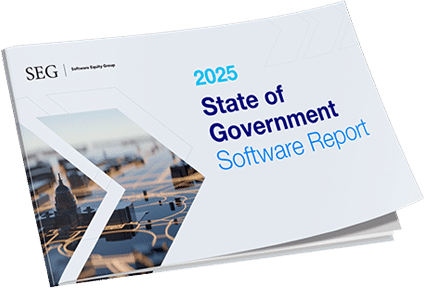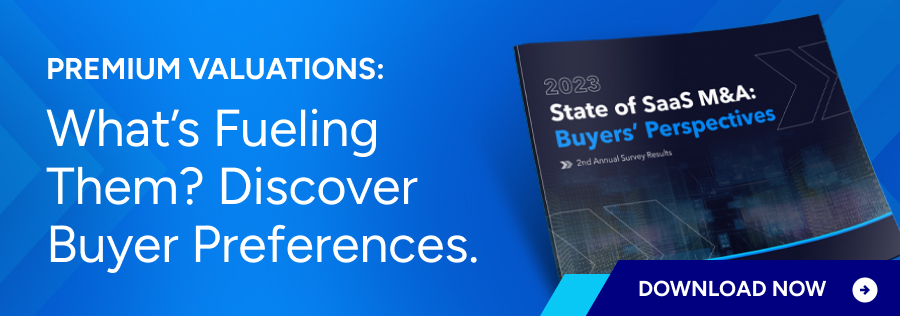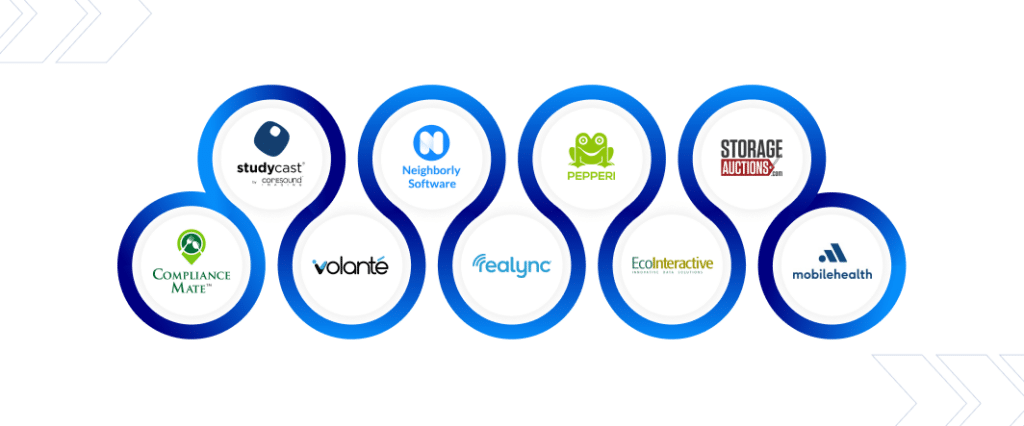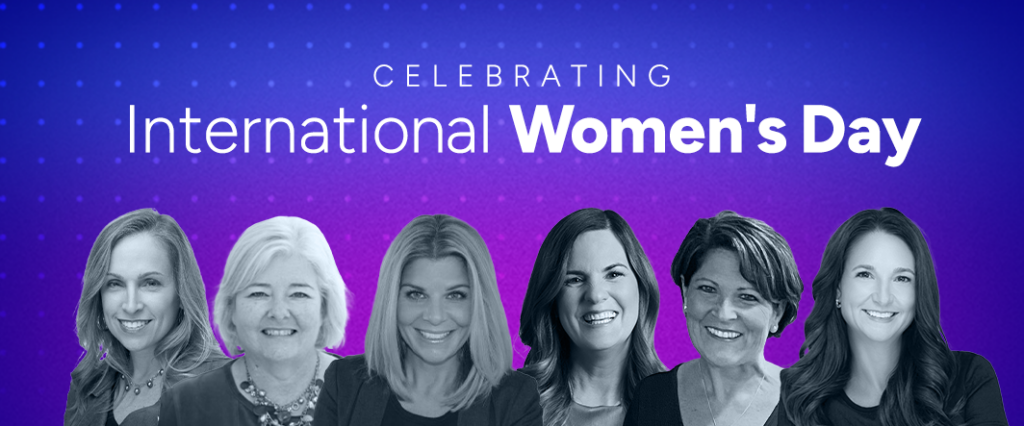Customer Retention vs. Acquisition: Experts Share 7 Non-Obvious Strategies & Their Tips
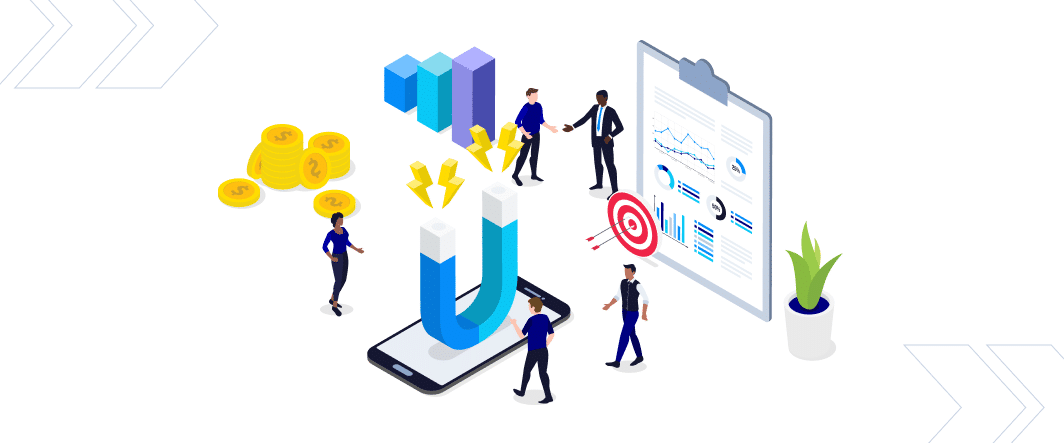
SaaS professionals will agree that the pursuit of new customers often steals the spotlight. However, the savvy SaaS founder knows the real magic happens when you focus on nurturing your existing customer base in tandem with customer acquisition strategies.
In the context of SaaS M&A, buyers and investors hold a similar sentiment: high customer retention can boost your company’s valuation. Yet, analyzing your current customer retention strategies and pinpointing areas for improvement can be a daunting undertaking. Instead of setting this task aside, we want to share guidance on improving this area of your business for operational growth and M&A purposes.
We consulted a panel of sales and marketing experts to gather insights into building a robust customer base — via both acquisition and retention strategies. Panelists Annie Zelm, Content Department Director at Kuno Creative, Alan Gonsenhauser, Principal and CEO of Demand Revenue, and Zach Luburgh, Principal Account Executive at HubSpot, graciously shared their knowledge. Continue reading to explore the benefits of prioritizing customer retention (i.e., satisfaction) over the relentless pursuit of new ones.
LEARN MORE: For More Details on How Customer Retention Impacts Your Company’s Valuation, Download 18 Factors to Track When Valuing Your Software Business.
Customer Acquisition Tips for SaaS Founders
Q1. What are some effective lead-generation strategies for acquiring new customers?
It’s a competitive world out there. Generating leads is the first step in acquiring new customers, but it can be difficult to stand out in the crowd and reach the right people. “Collaboration between marketing, sales, and customer success teams to develop creative, multi-channel strategies is vital,” says Annie Zelm. She recommends encouraging customer reviews and showcasing your features and benefits on software directories, such as Garner, G2, and SourceForge. She notes that most of these platforms also have advertising packages that can be used in conjunction with email enrichment tools such as ZoomInfo or Apollo.io to retarget prospects on Google or LinkedIn. Annie suggests following up with ads, 1:1 email sequences, and even direct mail. Zach Luburgh echoes her advice about retargeting, adding that account-based marketing and good old-fashioned cold calling can also be highly effective.
While inbound marketing is great, Annie and Alan both point out that customers are increasingly reluctant to fill out forms. “It’s critical to understand which firms your website visitors are from and get good and reliable firmographic intent data,” says Alan. “You can do this with applications like Clearbit and 6sense.”
Respondents also mentioned the smart use of social media, podcasts, conferences, webinars, and content marketing to drive organic traffic and build brand recognition.
Section Summary:
- Develop creative multi-channel strategies
- Focus on retargeting, account-based marketing, and cold calling
- Understand where your visitors are from
- Utilize social, content marketing, and more to drive organic traffic and build brand recognition
Q2. What marketing channels and platforms have been most successful in reaching and engaging B2B decision-makers?
Annie and Zach have both seen success with LinkedIn, with Annie adding that to be effective, SaaS founders need to take a stand as thought leaders and engage regularly. Alan is a proponent of testing different channels and “failing fast” to see what works and what doesn’t. He suggests experimenting with analyst reports, blog posts, infographics, promotional videos, webinar replays, case studies, interactive brochures, sales presentations, white papers, articles/publications, eBooks, podcasts, and static brochures. That said, he advises not to gate too much of your content, or it might never be seen at all.
Section Summary:
- Be a thought leader
- Test, experiment, and fail
- Don’t gate all your content
Q3. What tactics do you recommend to nurture and convert leads into paying customers?
Once you have leads, the next step is to turn them into customers. A deep understanding of your customers is key. “Research to really understand their pain points and needs,” says Alan, “then create thought leadership and other content to provide relevant and timely information and content along the buyer’s journey.”
Annie also supports providing content that removes barriers to buying, such as “case studies, product tours, free trials, and consultation request pages with calendars directly embedded.” She adds, “Some top SaaS companies are developing self-service product demos or a series of videos that highlights specific features rather than requiring every lead to schedule a demo when they may not be ready.”
Of course, a strong sales team is vital. Zach recommends that your sales team focus on “prospects that have shown intent in the past, retargeting them every few months (email, calls, LinkedIn) and multi-threading (prospecting into multiple contacts at a single company),” while Annie stresses that a strong sales team that can follow up with direct outreach can greatly enhance the effectiveness of email workflows.
Section Summary:
- Understand your customers
- Remove barriers to buying
- Build a strong sales team
Q4. How can SaaS companies measure the success of their customer acquisition efforts, and what key performance indicators (KPIs) should they track?
Given the number of steps it can take before a prospect commits, Zach, Annie, and Alan all recommend studying the entire customer journey to see which are most effective. As Zach says, “Measuring first touch, middle touch, and last touch attribution is important to understand the difference in what’s driving leads to the website, what’s leading to someone convert into a lead, and what marketing material is leading to the customer purchasing.” He goes on to recommend tracking website visits, traffic by source (e.g., social, email, referral, cold sales outreach, events) and paid vs. organic traffic.
Annie advises that ad conversion rates and return on ad spend “are still important metrics to monitor, and we have seen significant improvements in this area using custom audiences.” She adds that “sales and marketing automation platforms like HubSpot can help to close the gaps by attributing a percentage of revenue from customers’ individual interactions, such as reading a blog, opening an email, or clicking on a social media post.”
Of course, all this “presupposes the firm has identified their Ideal Customer Profile (ICP),” reminds Alan, “and has sharpened their customer acquisition strategies and alignment across the go-to-market functions of sales, marketing, product, and customer success.”
Section Summary:
- Study the customer journey
- Know which marketing resources converted customers
- Again, be sure to deeply understand your ICP
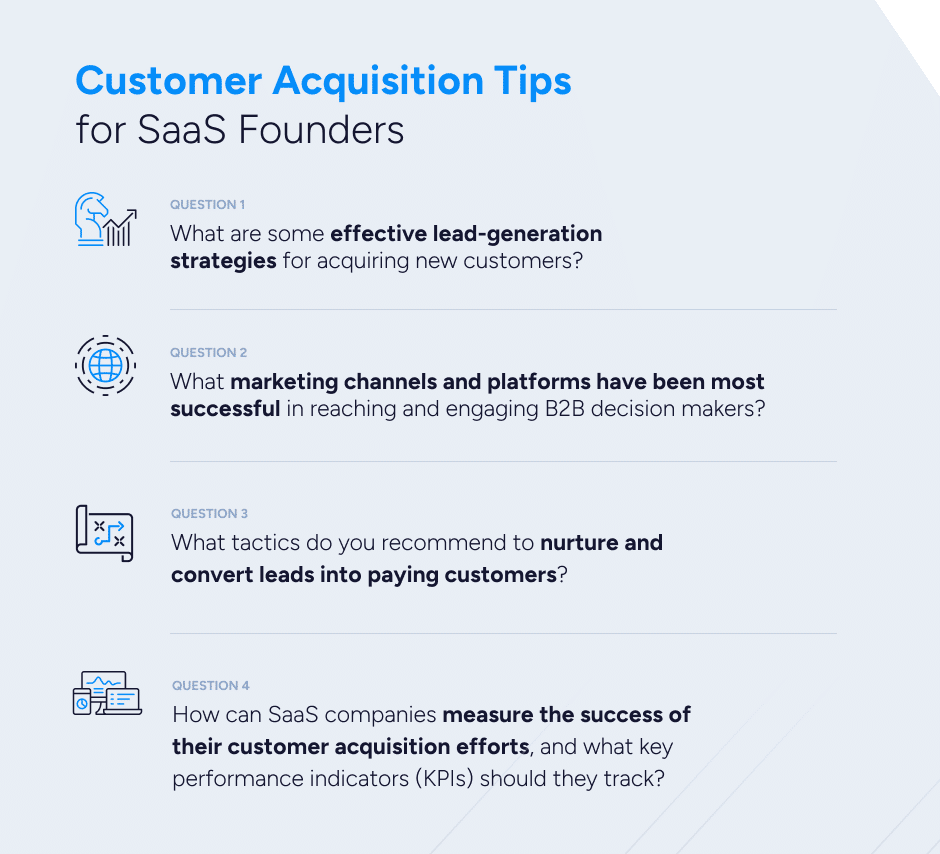
Customer Retention Tips for SaaS Founders
Q5. What retention strategies do you recommend employing to reduce churn and increase customer loyalty?
All three of our experts say that focusing on the customer experience is key. “The customer success team is an essential part of your marketing efforts, collaborating with you to determine what questions or concerns customers are having after they buy, what may be stopping them from using more of your product or service, and why they are canceling services,” says Annie.
Zach agrees. “Have the customer service team or sales team check in with customers every 90 days, provide exceptional customer service to help your customers with whatever comes up, and turn them into promoters of your business.”
Alan adds that the emphasis on customer experience should be part of your company’s DNA: “Ensure the culture is to love customers and ensure the entire post-sale customer journey supports that from the initial onboarding of new customers.”
Eliciting useful feedback is also vital. Alan and Zach both suggest asking for feedback through net promoter score (NPS) surveys, which ask respondents to rate how likely they are to recommend your product. Alan adds that it’s important to have a process in place that allows you to understand the root causes of churn: “Peel back the churn onion layers into controllable and uncontrollable elements and work the controllable areas.”
In addition to taking the time to gather feedback from customers both formally and informally, Annie points out the importance of recognizing and rewarding customers for their loyalty, suggesting “referral programs, discounts, branded swag, mentions on social media, and personal recognition.”
Section Summary:
- Customer experience is key
- Check in with customers every 90 days
- Get feedback whenever possible
- Reward customers in various ways
Q6. What roles do customer support and customer success play in retaining customers, and how can software companies ensure excellent service delivery?
Zach is frank: “Customer support and customer success are the most important departments for retaining customers,” going on to add that a streamlined process is vital. “Customer success needs to understand how to prioritize support tickets, which customers need to be prioritized, and to have a caring approach to do what’s best for the customer.”
Alan agrees, again citing culture as a vital component of customer relations: “Ensure a culture of loving customers and have customer success folks be their advocates. Have an ongoing relationship, NOT just before renewal times. Ensure customers continuously use your applications and love the support they are receiving from your firm.”
Section Summary:
- Create a strong customer support department
- Base your culture around customer retention
- Have a relationship prior to renewal
Q7. How should SaaS companies measure the success of customer retention efforts? What key performance indicators (KPIs) should be tracked?
There is no shortage of worthwhile metrics to track when studying how well you’re retaining customers. Chief among them are your gross and net revenue retention rates, which buyers and investors examine closely. Alan and Annie both include customer lifetime value to customer acquisition costs (LTV:CAC) in their list of top KPIs, and all three respondents agreed that it’s vital to understand exactly what percentage of your customers are renewing versus churning.
Alan suggests tracking the percentage of new business that is referred by existing customers, while Zach advocates checking ARR growth and year-over-year growth percentage. Zach also recommends that renewal managers be given a specific metric/quota to work toward (e.g., 80%-90% renewal retention for the customers they manage).
Section Summary:
- Focus on Gross Revenue Retention, Net Revenue Retention, LTV:CAC, ARR growth, and YOY growth
- Give renewal managers a specific metric (80-90% renewal retention)
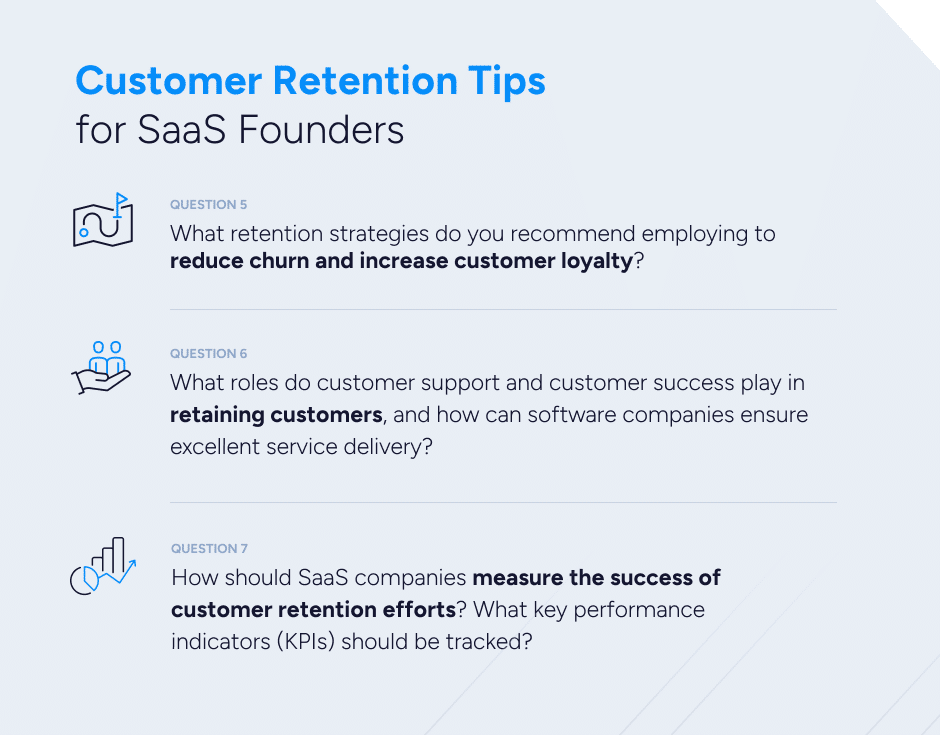
SEG’s Commitment to Customer Satisfaction and Successful Outcomes
At SEG, we know something about keeping clients happy. Despite the ups and downs of the past couple of years, we have had an 87% first-pass success rate since January 2021, compared to an industry average of less than 30%, according to Exit Planning Institute. In fact, our clients are currently seeing some of the strongest interest from buyers and investors ever. The number of offers and the number of valuations is up overall.
The outcomes we get for our clients are the result of our experience and an obsessive focus on service. If you’re beginning to think about an exit, go with an M&A advisor who has experience in your industry and can recommend the improvements that buyers and investors most like to see. Schedule a complimentary Strategic Assessment with our team.
